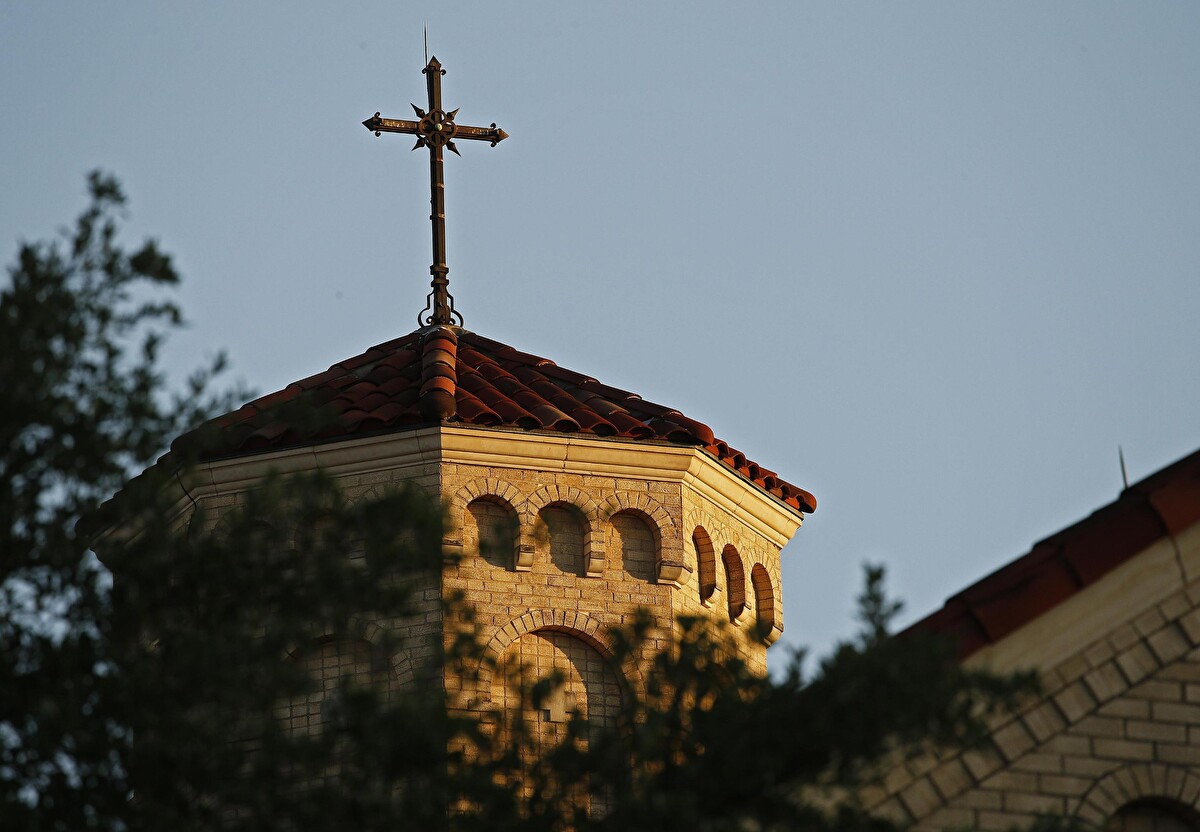The International Atomic Energy Agency (IAEA) confirmed Tuesday that Israeli airstrikes caused “direct impacts” on the underground sections of Iran’s Natanz nuclear enrichment facility, one of the country’s most sensitive atomic sites. It marks the first time an international body has verified damage not only to surface-level structures, already reported last week, but also to the subterranean halls long considered among Iran’s most heavily fortified.
“Post-strike satellite imagery collected after Friday’s attacks reveals elements indicating direct impacts on the site’s underground enrichment halls,” the agency said in a statement. The airstrike appears to have struck the facility’s operational core, in addition to the previously identified damage to exterior power systems and technical areas.
The military action is part of a broader Israeli air campaign launched five days ago, targeting key Iranian military and nuclear infrastructure. Strikes continued Tuesday across multiple regions of Iran while U.S. President Donald Trump issued a fresh warning.
“IRAN MUST NOT HAVE NUCLEAR WEAPONS. Everyone must evacuate Tehran immediately!” Trump posted overnight between Monday and Tuesday, shortly before cutting short his visit to the G7 summit in Ottawa. Asked by reporters to clarify the message, Trump said his priority was to “keep people safe,” adding, “We’re not looking for a truce. We want something better.”
Hours earlier, the Israeli army had issued an evacuation notice for roughly 330,000 residents of a central Tehran district, home to state broadcasters, police stations, and three major hospitals, including one run directly by the Revolutionary Guard. Iranian health authorities canceled medical staff leave but did not release public guidance for civilians.
According to Israeli sources, one of the latest targets may have been Gen. Ali Shadmani, newly appointed commander of Iran’s Khatam al-Anbiya central command. Tehran has not confirmed his status. If verified, it would add to a growing list of high-level military and paramilitary officials killed since the campaign began.
So far, Israeli strikes, reportedly assisted by Mossad operatives on the ground in Iran, have eliminated several top figures in Iran’s defense and nuclear establishments. Among the confirmed dead are Chief of Staff Mohammad Hossein Bagheri, killed in the first wave of strikes, and Revolutionary Guard commander Hossein Salami, a close confidant of Supreme Leader Ali Khamenei.
Other high-ranking officials reportedly neutralized include Gholamali Rashid, head of the joint armed forces command; Ali Hajizadeh, chief of the Guard’s aerospace division; and Mohammad Kazemi, intelligence chief for the Revolutionary Guard. Israeli sources also claim at least 14 senior nuclear scientists were killed, including Fereydoun Abbasi, a former director of Iran’s Atomic Energy Organization and a survivor of a 2010 assassination attempt.
On Monday, Israeli military spokesperson Gen. Effie Defrin declared that Israel had “achieved control of the airspace above Tehran.” The military reported neutralizing over a hundred surface-to-surface missile launchers, several of which were said to be on standby. Ten Quds Force command centers, the external operations wing of the Revolutionary Guard, were also reportedly struck in central Tehran.
One of Monday’s strikes hit the headquarters of Iran’s state television during a live broadcast. The Israeli army defended the move by stating the network was being used for propaganda purposes.
Speaking to the press, Israeli Prime Minister Benjamin Netanyahu claimed the raids had “significantly delayed” Iran’s nuclear progress and said he was in “daily contact” with President Trump.
Iran maintains that its nuclear program remains strictly civilian. But the IAEA has reported that Tehran is now enriching uranium to 60% — dangerously close to the 90% weapons-grade threshold.
Over the weekend, one Israeli strike hit the South Pars gas field in southern Iran, igniting a fire that rippled through energy markets. Brent crude rose to $74.60 a barrel. Analysts warn that a further escalation, particularly involving a shutdown of the Strait of Hormuz, through which roughly a third of global seaborne oil passes, could spark major disruptions.
Iranian conservative lawmaker Esmail Kosari said closing the strait is “a real possibility,” although he acknowledged the move could hurt Tehran’s energy exports, especially to China. Goldman Sachs has warned that even a partial blockade could send oil prices soaring past $100 a barrel.
The spike in energy prices is already threatening to worsen inflation across oil-importing economies. The conflict has also paralyzed regional air traffic. Iran, Iraq, and Jordan have shut their airspace, while major airlines including Emirates, Etihad, and Qatar Airways have canceled flights to and from Iran, Iraq, Syria, and Lebanon. Several Asia-Europe routes have been rerouted to avoid the conflict zone.
In a new post on his social media platform Truth Social, Trump declared that “the planned strikes will be even harsher,” and urged Tehran to negotiate “before there’s nothing left.”
From Tehran, Iranian Foreign Minister Abbas Araghchi responded: “If Trump is serious about diplomacy, the next steps will be critical,” adding, “one phone call from Washington could stop Netanyahu.”
Meanwhile, the White House confirmed it has suspended previously scheduled talks with Iran for the upcoming weekend. Araghchi hinted that Iran may halt its attacks if Israel does the same.
In Washington, Defense Secretary Pete Hegseth was summoned to the Situation Room for an emergency meeting with the president and national security leadership. In a televised interview, Hegseth stated that the measures underway aim to “ensure the safety of our personnel.”
Trump has not ruled out sending a negotiating team. “I might send Vice President Vance and Special Envoy Witkoff,” he said. “But it depends on what I find when I get back.”












